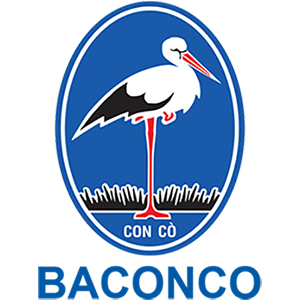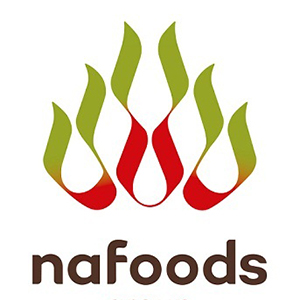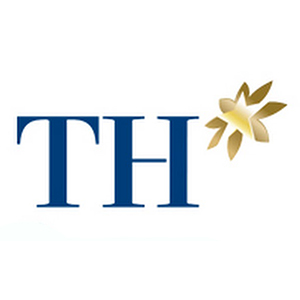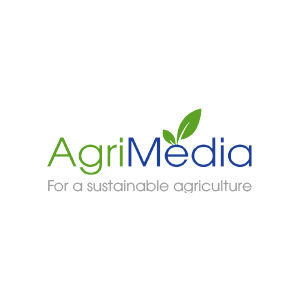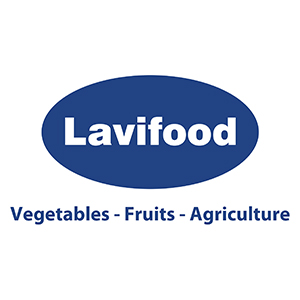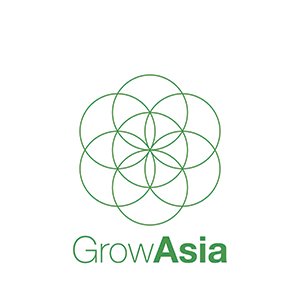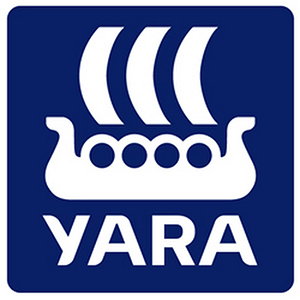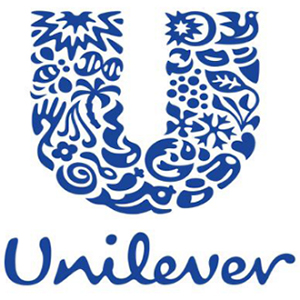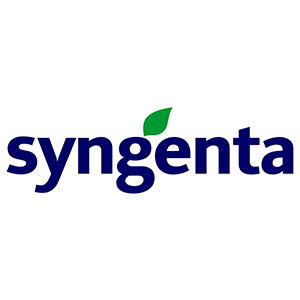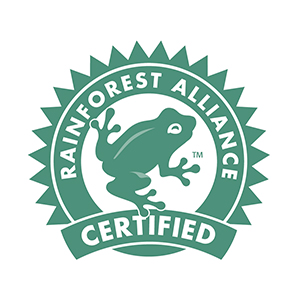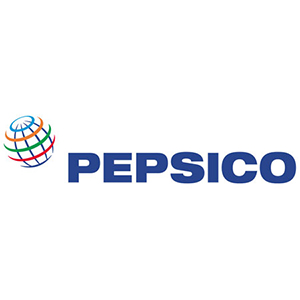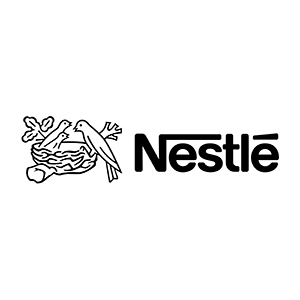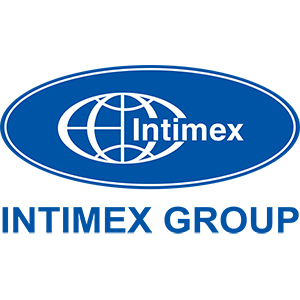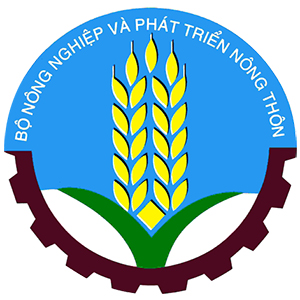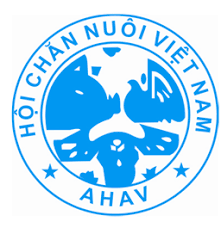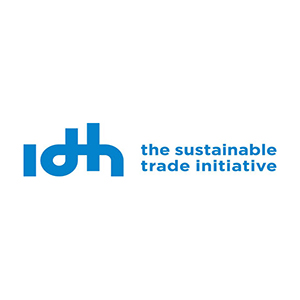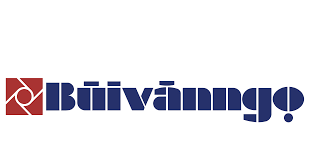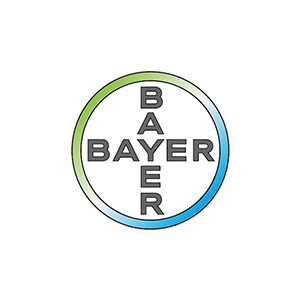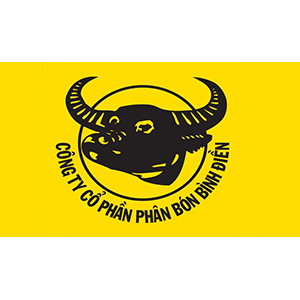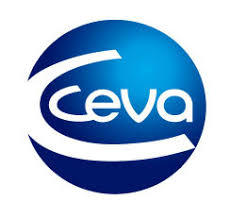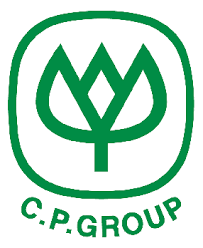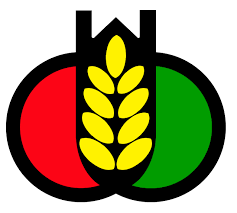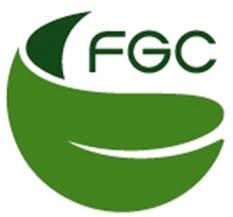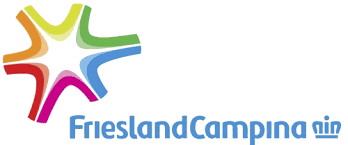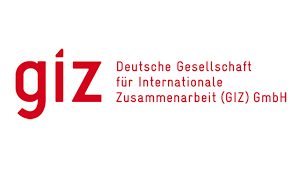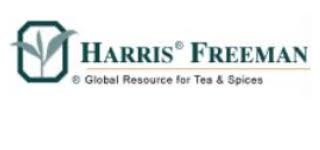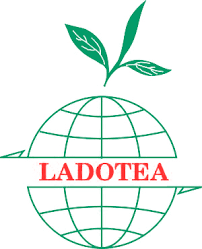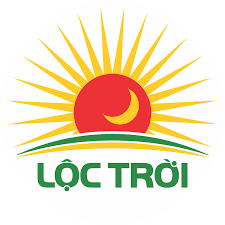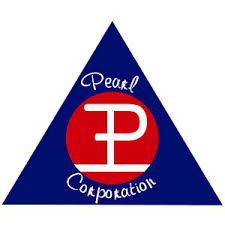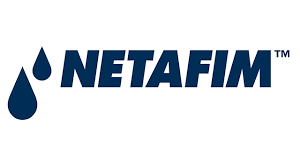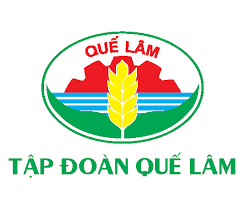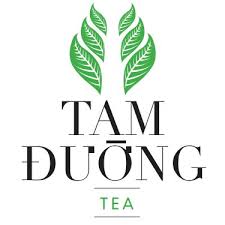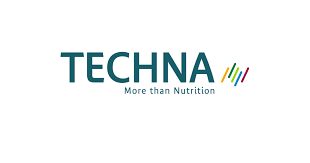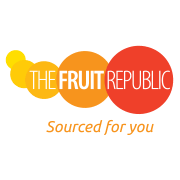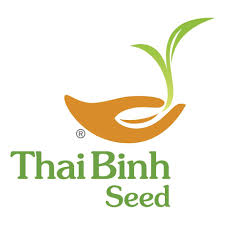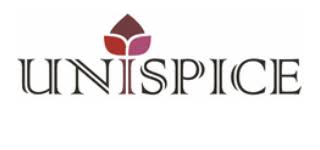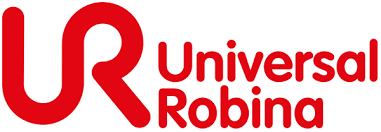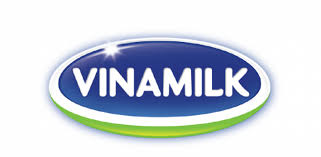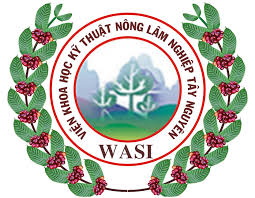- Giới thiệu
- Nhóm Công tác
- Tin tức
- Thông tin về FTA
- Tài Liệu
- Sự kiện
- Liên hệ
Approving ‘Strategy on Rice Export Market Development by 2030’
 Prime Minister approved the Strategy on Vietnam Rice Export Market Development for 2017-2020, orientation to 2030 with the target of “increasing quality – decreasing quantity”.
Prime Minister approved the Strategy on Vietnam Rice Export Market Development for 2017-2020, orientation to 2030 with the target of “increasing quality – decreasing quantity”.
The overall objectives of the Strategy are to develop rice export markets with reasonable, stable, sustainable and effective product scale, and structure; consolidate traditional and core export markets, as well as develop new and potential export markets; strengthen the linking product with market in value chains to ensure export rice quality from the production process, and deeply engage in the global rice value chain; increase the presence of Vietnam rice products in direct distribution channels in markets; enhance the value and ensure the production efficiency; affirm the Vietnamese rice prestige and brand in markets, and promote export, thereby contributing to the consumption of all paddy and rice commodities at prices favorable for farmers and realizing the objectives and principles of rice export management, etc.
The strategy indicated to gradually reduce the quantity of rice exports, and stabilize and rise the value of rice exports; shift the export structure; increase the proportion of rice exported directly and Vietnamese rice brand; adjust the market structure in line with the objective of restructuring export markets and global rice market trends.
In particular, rice exports by 2030 is targeted to reach about 4 million tons; the white rice accounts for approximately 25%, where average and low-quality rice share does not exceed 10% of the total rice exports; aromatic rice, specialty rice and japonica rice account for 40%, while glutinous rice accounts for about 25%; the proportion of high-added-value rice products, such as micronutrient rice, organic rice, rice flour, rice products, rice bran and some other by-products from rice gradually rise by over 10%.
In terms of markets, the Asia market accounts for about 50% of the total rice exports, the African market for about 25%, the Middle East market for about 5%, the European market for about 6%, the U.S market for about 10% and the Oceania market for about 4%.
Tin liên quan
PSAV Attends the 30th Anniversary Celebration of Cargill Vietnam2025/10/23
Plant health management helps increase coffee yield up to 15%2025/10/16
An Giang to host 2025 OCOP forum for sustainable development2025/09/25
Viet Nam and France foster cooperation on blue economy and sustainable environment2025/09/29
Agriculture and Environment exhibition ready for National celebration2025/08/27



 Điều lệ hoạt động
Điều lệ hoạt động
